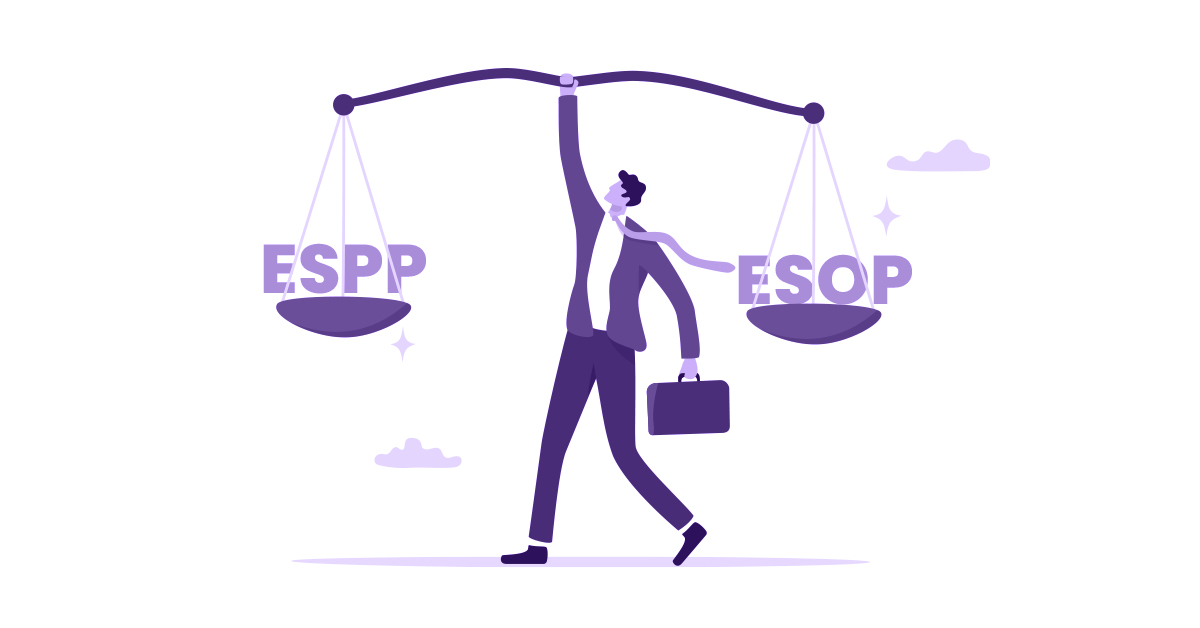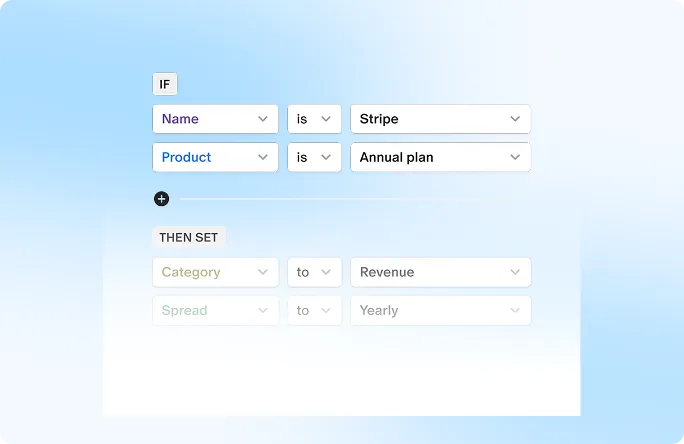What's the secret behind a company's financial strength? Is it just about making profits, or does the way a company funds its operations play a bigger role? The answer lies in its capitalization structure the mix of debt and equity a business uses to fuel its growth.
A well-structured capital mix can propel a company toward expansion, lower its cost of capital, and attract investors. On the other hand, a poor capitalization strategy can lead to financial distress, higher risks, and even bankruptcy. So, how does capital structure work, and why does it matter? This guide breaks down everything you need to know to understand and evaluate a company's financial foundation.
What is Capitalization Structure?
Capitalization structure, often referred to as capital structure, represents the specific mix of debt and equity a company utilizes to fund its operations and growth. This composition is detailed on the company's balance sheet and typically includes long-term debt, short-term debt, common equity, and preferred equity. The proportion of debt to equity in this mix determines the firm's financial leverage, influencing both its risk and return profiles.
Types of Capitalization Structure
Companies can adopt various forms of capital structures based on their strategic objectives, industry norms, and market conditions. The primary types include:
1. Equity Financing: Raising capital by issuing shares of stock. This approach doesn't obligate the company to repay funds but does dilute ownership among existing shareholders.
2. Debt Financing: Acquiring funds through borrowing, such as loans or bond issuances. While this method requires regular interest payments and eventual repayment of the principal, it doesn't dilute ownership.
3. Hybrid Financing: Using financial instruments that comine characteristics of both debt
and equity, like convertible bonds or preferred stock.
Factors Determining Capital Structure
Several factors influence a company's decision on its capital structure:
1. Business Risk: Firms with stable and predictable earnings might opt for higher debt levels, while those with volatile earnings may prefer equity to avoid the obligation of fixed payments.
2. Tax Considerations: Interest payments on debt are tax-deductible, providing a tax shield that can make debt financing more attractive.
3. Financial Flexibility: Companies may choose a mix that allows them to remain agile, preserving the ability to raise funds quickly when opportunities arise.
4. Management Style and Control: Issuing new equity can dilute existing ownership, potentially leading to shifts in control, which management might want to avoid.
5. Industry Norms: Different sectors develop characteristic capital structures based on common risk profiles, asset bases, and operational patterns. Deviating significantly from industry standards may signal either innovative financing or potential financial weakness.
6. Growth Stage: Early-stage companies often rely heavily on equity as they lack consistent cash flows to service debt. As companies mature, they typically incorporate more debt into their capital structures.
How Does Capital Structure Work?
Capital structure defines how a company acquires and allocates financial resources, balancing debt and equity to support its operations and growth.
1. Sources of Capital: Companies generate funds by either issuing equity (selling shares to investors) or securing debt through loans, bonds, and other financial instruments.
2. Utilization of Funds: These funds are then allocated to operational expenses or long-term investments in assets, with businesses carefully weighing potential returns against the cost of capital.
3. Risk-Return Tradeoff: A higher proportion of debt can amplify returns but also increases financial risk, whereas a greater reliance on equity minimizes risk but dilutes ownership.
Financial analysts assess a company's capital structure using key financial ratios:
1. Debt Ratio: Measures total debt as a percentage of total assets, providing insight into how much of the company's assets are funded by borrowing.
2. Debt-to-Equity (D/E) Ratio: Evaluates the proportion of debt relative to shareholders' equity, indicating the company's financial leverage.
3. Long-Term Debt to Capitalization Ratio: A variation of the D/E ratio, this metric considers long-term debt in relation to total capital (including common stock, preferred stock, and long-term debt) to gauge the company's overall financial risk.
Importance of Capitalization Structure
The significance of capitalization structure extends far beyond simple financial engineering:
1. Cost of Capital Optimization: An effective capital structure minimizes a company's overall cost of financing, directly improving profitability and enabling more competitive pricing or increased investment.
2. Risk Management: Appropriate leverage levels help companies balance financial risk with potential returns. Too much debt can create dangerous financial fragility, while too little may result in missed opportunities.
3. Valuation Impact: Capital structure directly influences how the market values a company. Optimal structures can enhance stock prices by improving returns on equity while maintaining acceptable risk profiles.
4. Corporate Control: The mix of debt and equity affects governance dynamics. Debt holders have specific contractual rights but limited control, while equity investors have ownership rights but typically more diffuse influence.
5. Growth Enablement: The right capitalization approach provides companies with the resources to pursue strategic expansion, research and development, or transformative acquisitions without jeopardizing financial stability.
6. Signaling Effects: Changes in capital structure send signals to the market about management's confidence in future performance. Increasing leverage may suggest optimism, while equity issuance might indicate concerns about debt capacity.
7. Competitive Positioning: In many industries, capitalization structure represents a strategic competitive factor. Companies with financial strength can outlast competitors during downturns or invest more aggressively during recovery periods.
Given these wide-ranging implications, capitalization structure decisions rank among management's most consequential financial responsibilities.
How to Calculate Capital Structure
Understanding a company's capital structure involves analyzing its financial statements to determine the proportion of debt and equity. Key metrics include:
1. Debt-to-Equity Ratio: Calculated by dividing total liabilities by shareholders' equity. This indicates the relative proportion of debt and equity in financing the company's assets.
Debt-to-Equity Ratio= Shareholders' Equity/ Total Liabilities
2. Equity Ratio: Determined by dividing shareholders' equity by total assets. This shows the percentage of assets financed by shareholders' investments.
Equity Ratio= Total Assets/ Shareholders' Equity
3. Debt Ratio: Found by dividing total liabilities by total assets. This ratio reflects the percentage of assets financed through debt.
Debt Ratio= Total Assets/ Total Liabilities
Conclusion
Capitalization structure represents far more than a technical financial arrangement it's a strategic framework that shapes a company's risk profile, growth capacity, and ultimate success. The optimal balance between debt and equity evolves throughout a business's lifecycle and must adapt to changing market conditions, industry dynamics, and corporate objectives.
While financial theories provide valuable guidelines, determining the right capital structure remains as much art as science. It requires balancing mathematical optimization with management judgment, market realities, and stakeholder expectations. Companies that thoughtfully design and actively manage their capitalization structures gain significant advantages: lower capital costs, enhanced financial flexibility, improved risk management, and ultimately, stronger competitive positioning.
Whether you're evaluating investment opportunities, managing corporate finances, or building a new business, understanding the principles and implications of capital structure provides essential insight into organizational health and potential.
FAQs
1. Do all companies use the same capital structure?
No, companies do not use the same capital structure. Each company's capital structure is unique and depends on factors such as the nature of the business, size, management preferences, profitability, and industry norms
2. When does a capitalization structure become complex?
A company's capitalization structure becomes complex when it involves multiple layers of financing, such as a mix of common stock, preferred stock, various types of debt (secured, unsecured, convertible), and hybrid financial instruments. This often happens in large corporations or companies engaged in mergers, acquisitions, or international financing.


 Equity management
Equity management

 Fund management
Fund management

 Fund management
Fund management

 Fund management
Fund management












































